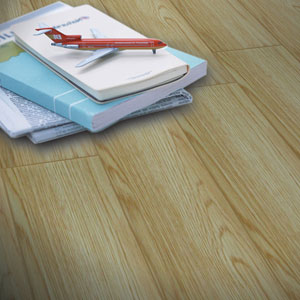
An uneven surface is not the only concern. Whether your project is new construction or a remodel, the odds are pretty good some drywall joint compound (aka mud), construction adhesive or plaster is present on the subfloor from the wall finishing process. Debris left on the subfloor can cause problems with the underlayment down the road. We use a stiff-bristle hand brush to get debris out from under the drywallĭon’t overlook the importance of cleaning the subfloor before installing underlayment. Avoid using materials with distinct raised grain patterns, which can affect the finish texture of the sheet vinyl. Plywood used as underlayment for sheet vinyl flooring should also have a sanded, smooth surface on the topside. If this is a concern, marine-grade and underlayment-grade plywoods will avoid the voids. I suppose that could happen, but it’s not likely. One concern with plywood, as a walked-on surface, is that voids in the interior veneer layers may allow a depression in the flooring if weight were concentrated in one spot, such as a big ol’ girl wearing high heel shoes. So, in areas prone to water exposure, don’t use particle board.Īnother common underlayment material is plywood, which has an advantage over particle board in structural strength and water resistance. Add enough water and the particle board will fall apart. Water makes it swell unevenly, which causes bubble-like irregularities in the surface. In fact it must be supported by a strong subfloor with limited gaps and it can bridge only small holes.Īnother weakness of particleboard underlayment is that it really doesn’t like water. On the downside, particle board underlayment has very little structural strength. It’s inexpensive, flat, smooth and bonds well to the vinyl adhesives. One common underlayment for vinyl floors is 1/2-inch particle board. Installing underlayment in the vinyl areas supplies the elevation, smoothness and levelness necessary for the proper installation of vinyl floors. The thinness and softness of sheet vinyl requires that it be installed on a surface that is very flat and smooth. It needs to be built up to the same elevation of the other flooring types in the house. Sheet vinyl, however is only about 1/16-inch thick. Traditional hardwood flooring is 3/4-inch thick and carpet with pad is usually between 5/8 and 1 inch, depending on the type. Cement board, thinset and tile add up to about 5/8 inch. One of the big considerations when installing different types of flooring in the home is getting the finished elevations to match. In most cases 4-by-8-foot sheets of particle board or plywood must be installed in preparation for the vinyl floor install. Vinyl flooring is usually not installed directly over the subfloor in residential applications.
#Bathroom sheet vinyl flooring install
Because you can install sheet vinyl over existing vinyl, it offers the option of changing design without breaking the bank. Vinyl flooring is available in a huge number of patterns and colors, is easy to clean and is softer to walk on than most other hard surfaces. There are plenty of reasons to install sheet vinyl flooring, not the least of which is cost savings over other flooring materials.




 0 kommentar(er)
0 kommentar(er)
